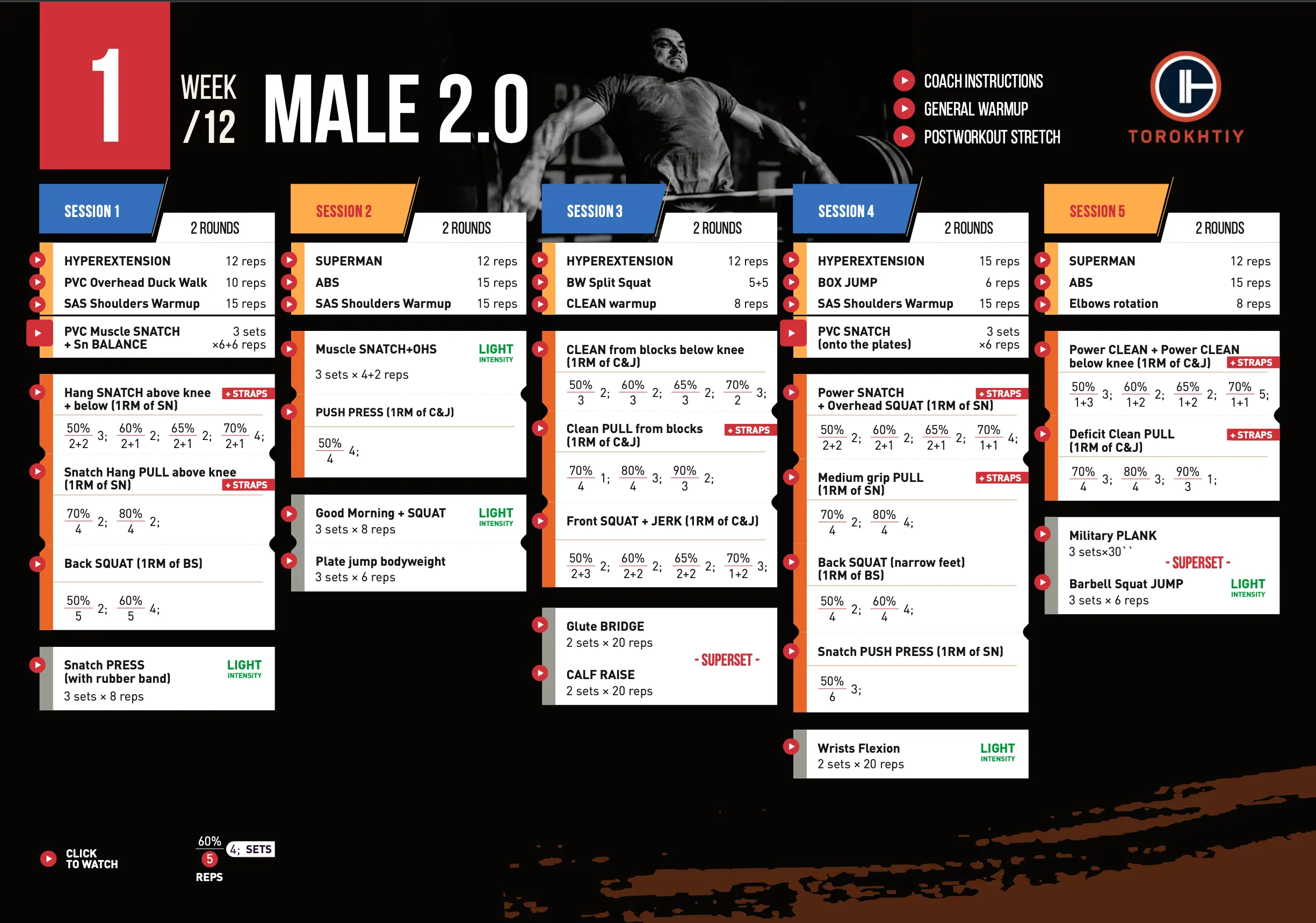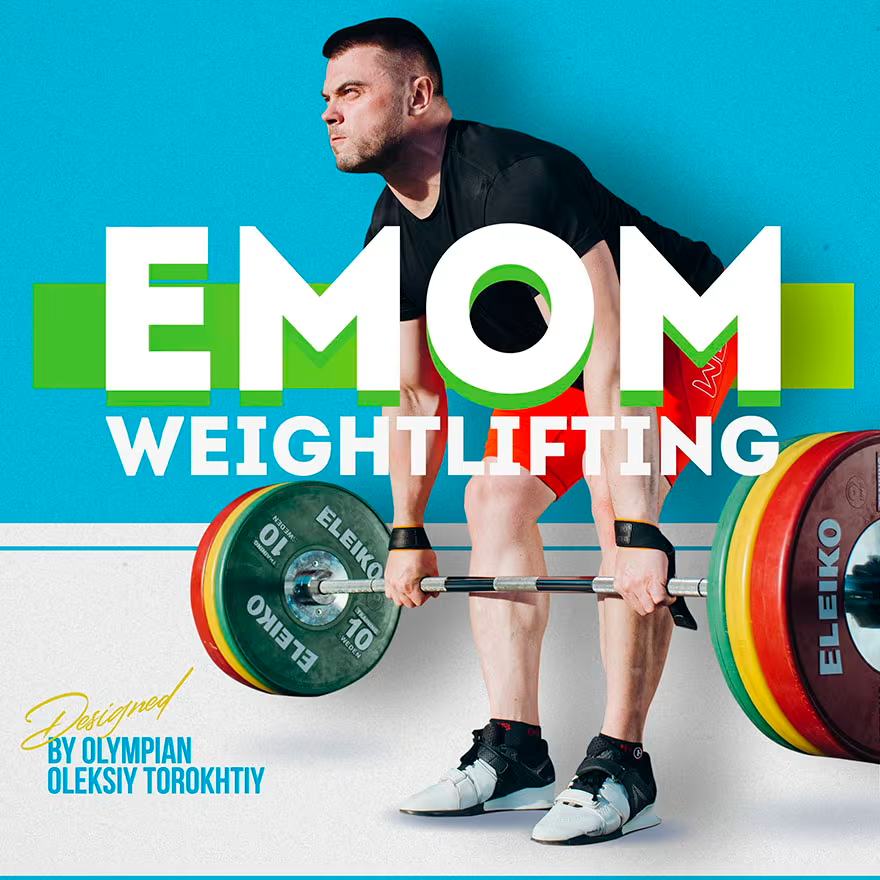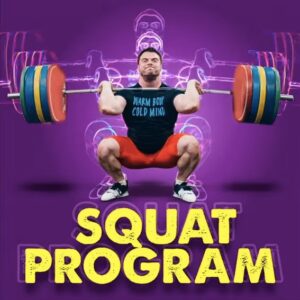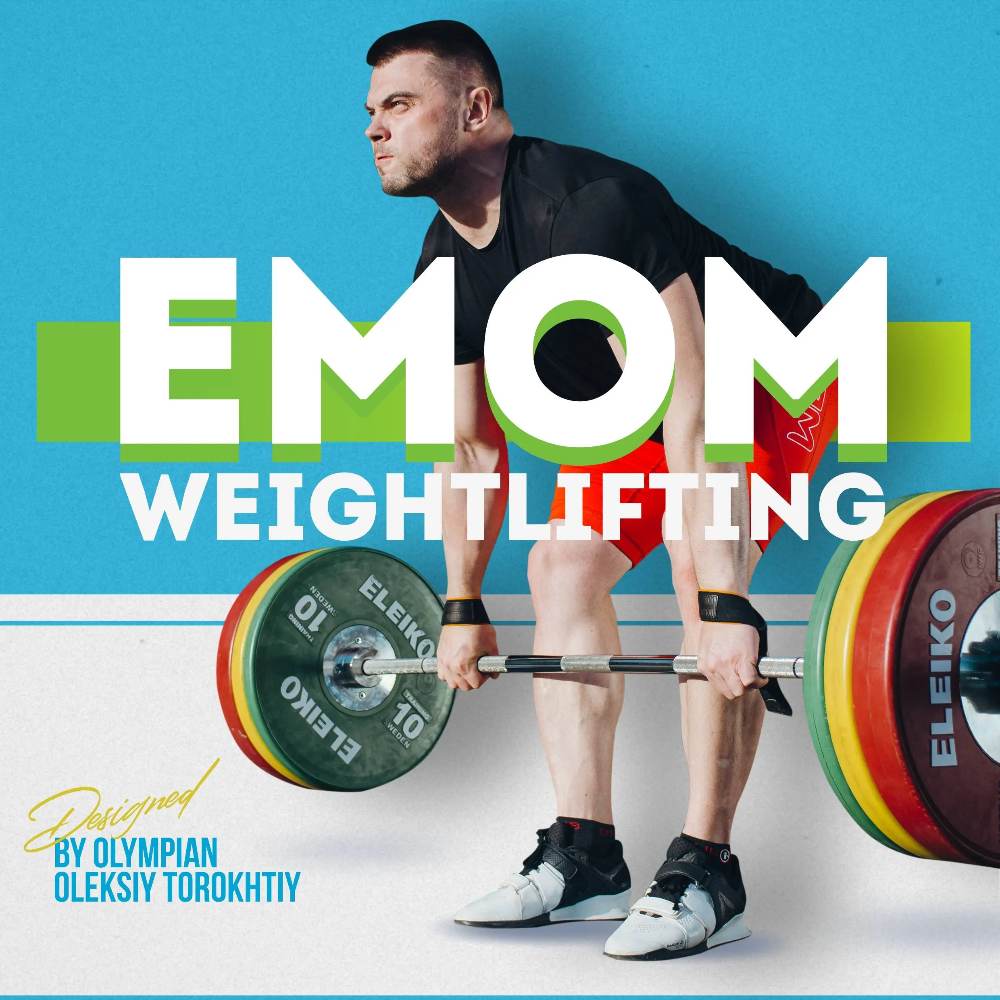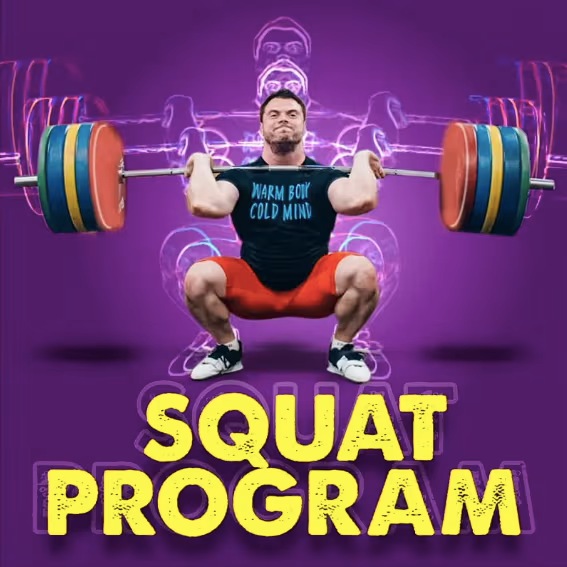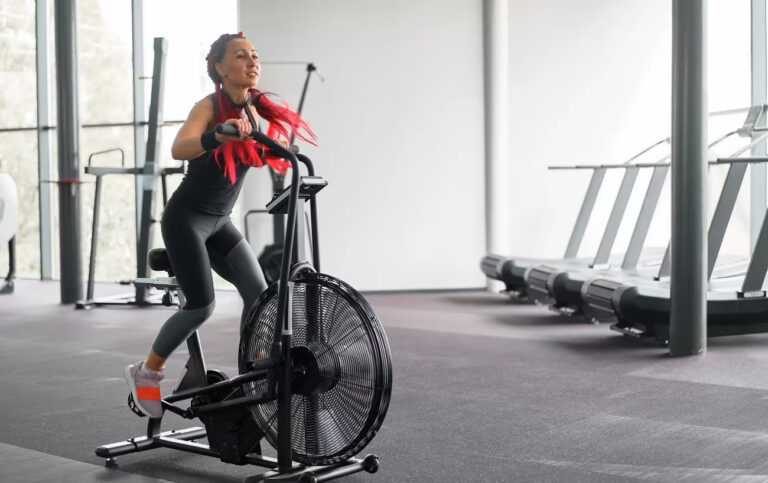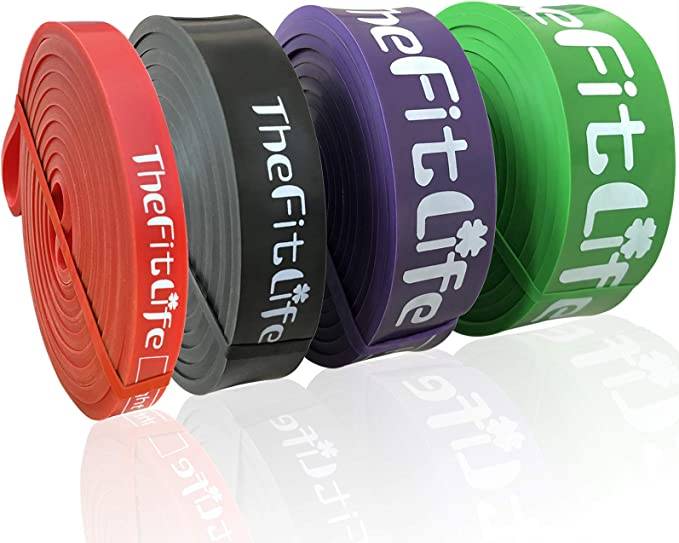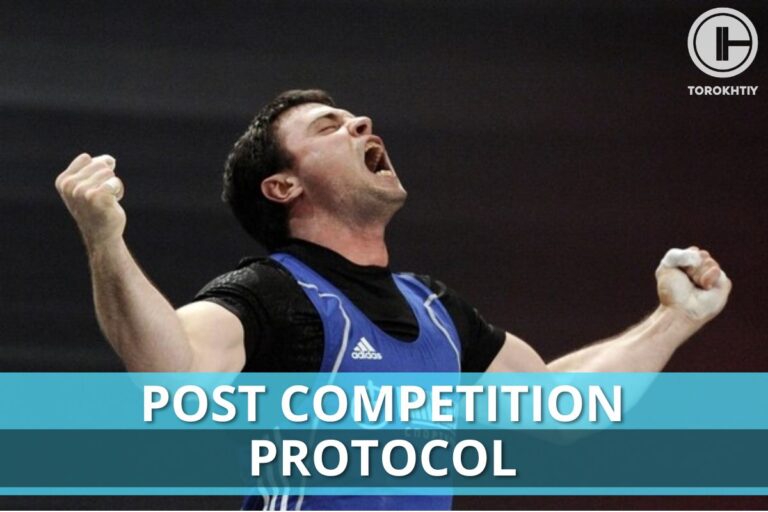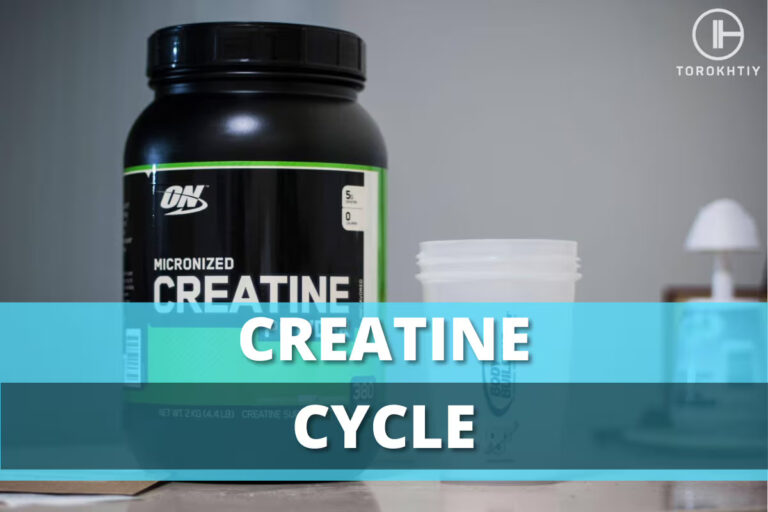David Spitz
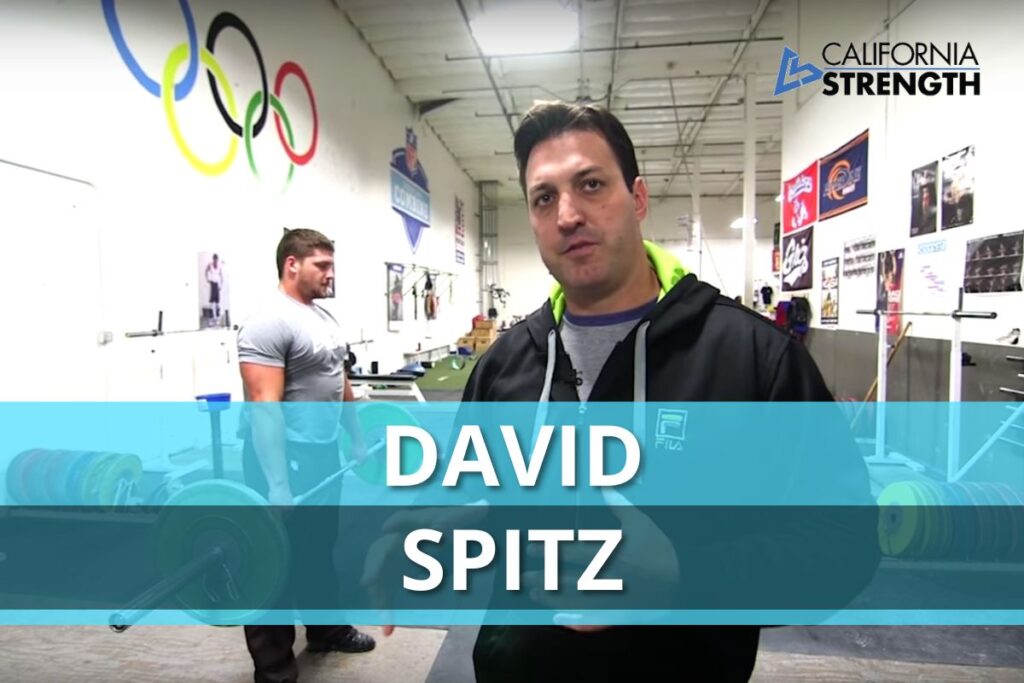
I would like to initiate the blog’s new direction starting with today’s publication: interviews with athletes, coaches and interesting people from the sports and fitness field. I am sure that the stories these people experienced will be interesting, informative and useful for many sports and healthy lifestyle fans.
I would like to start with an interview with an iconic figure of the American weightlifting – Dave Spitz. I guess there’s no such a weightlifter or functional training athlete in the world that hasn’t heard about MAXOUT FRIDAY in California Strength. I also remember the day I first saw this team in Youtube and was fascinated by these videos.
My very first seminar abroad was held in this specific gym and Dave was the person who explained the peculiarities of the American mentality to me and also the attitude to sports in the US that I had no idea about. It was in this gym that I first pronounced the slogan Warm Body Cold Mind 4 years ago – the moment my career in the international seminars, which has been successfully continued to this day, began.
In this interview you´ll find out about how Dave built his school, how he sees the development of the American weightlifting and a lot of other things.
The California Strength story represents more than 10 years of hard work, victories and defeats. You have absorbed the experience of many world schools, trainers and athletes over the years.
– What advice would you give to your younger self?
– If I were to look back and give advice to my younger self, I would say first to stay true to your values and convictions. Don’t compromise and if you do what makes you happy, your energy and enthusiasm will be infectious and will energize others around you. At the same time, make sure that you execute your vision in stride, making sure that you not only have a good strategy but also the tactical assets required to execute that vision.
Often I find myself referring to this quote by John Gall who said, “A complex system that works is invariably found to have evolved from a simple system that worked. The inverse proposition also appears to be true: a complex system designed from scratch never works and cannot be made to work. You have to start over, beginning with a simple system.”
To that point, do not start with an over-complicated model. Many people are afraid to be simple, don’t be. You can build in complexities as you improve your model.
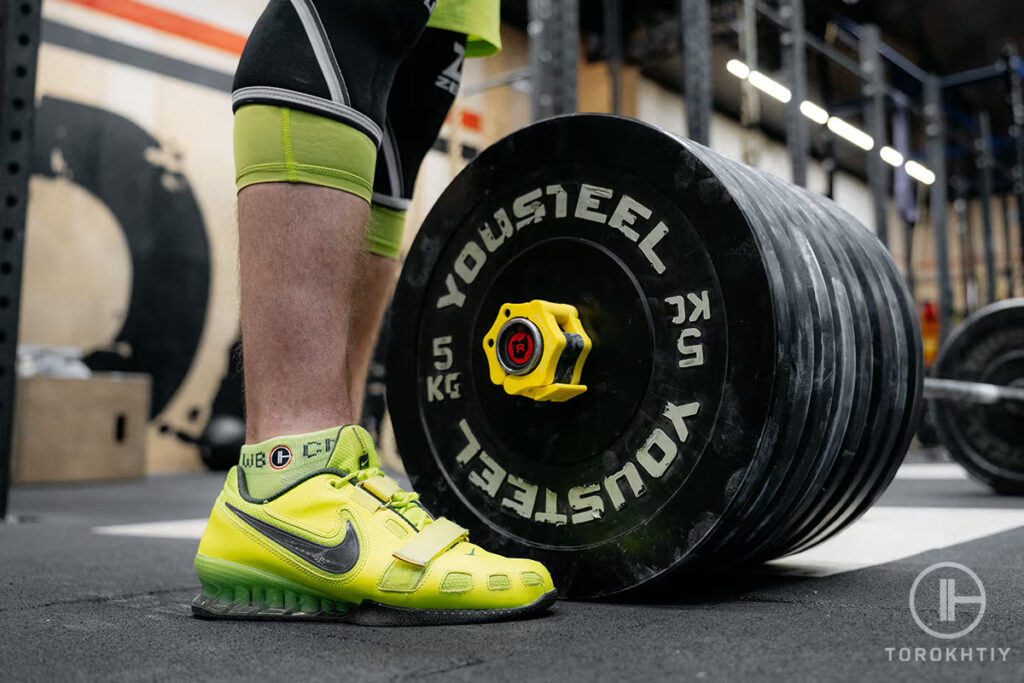
– What in your opinion is missing in American weightlifting?
The simplest answer is participation, meaning that more bodies will ultimately produce more opportunities for success. The thing that we have in the United States is an athletic luxury, specifically referring to having a large population of 325+ million people who are relatively diverse. The mixing of that genetic potential tends to produce incredible phenotypes. The challenge has always been and will continue to be making more people aware of Olympic weightlifting as a sport. The best comparison in my mind is Track & Field, which is offered at nearly every high school in the US and almost every young person is exposed to some degree. To that point, we are very successful at the international level in Track & Field.
– You have 3 children: which of them will be a weightlifter?
– I do have three children; a six-year-old girl named Gabby, a 4-year-old boy named Sam and a 2-year-old named Juliet. All three of my children will lift weights as it is already written into their athletic life plan. My children have or will have started Swimming at 9 months old, start Gymnastics at 18 months old, start Soccer at 24 months old and will start Track & Field and Weightlifting at 8 years old. Once they reach age 9 and 10, they will be introduced to more team sports and movements that are more asymmetrical in nature but I would be very happy if any one of them ended up competing in Olympic weightlifting someday.
– You train a lot of American football players, to what extent are you strict with them in terms of training techniques?
– How well you perform an exercise is fundamental to how well it transfers in athletic development. At California Strength, we believe in a few core principles, mainly that all force starts proximally and moves distally. You must be able to produce force in that sequence before you begin to work on more intramuscular coordination, for example before focusing on being more explosive through rate coding and frequency, you must have your movement patterns down.
We also believe strongly that having a stable base is critical to absorb force safely. Misguided force is the enemy and can lead to injury, both on and off the field. We believe in focusing on improving relative strength properties, muscle balance and symmetry, making sure that we have sound strength ratios (anterior to posterior) while maintaining good symmetry. We believe that psychological preparation for most competitive sports begin in the weight room as well. If we see the areas listed above improve in our football and other team sport athletes, we believe that it will have a great benefit to their performance on the field.
To that point, I have to thank you Aleksey for the knowledge and simplicity that you utilized when teaching the Olympic lifts at your seminar here at California Strength. I’ve learned to be married to results, not systems. We will do whatever is required to ensure that our athletes have success.
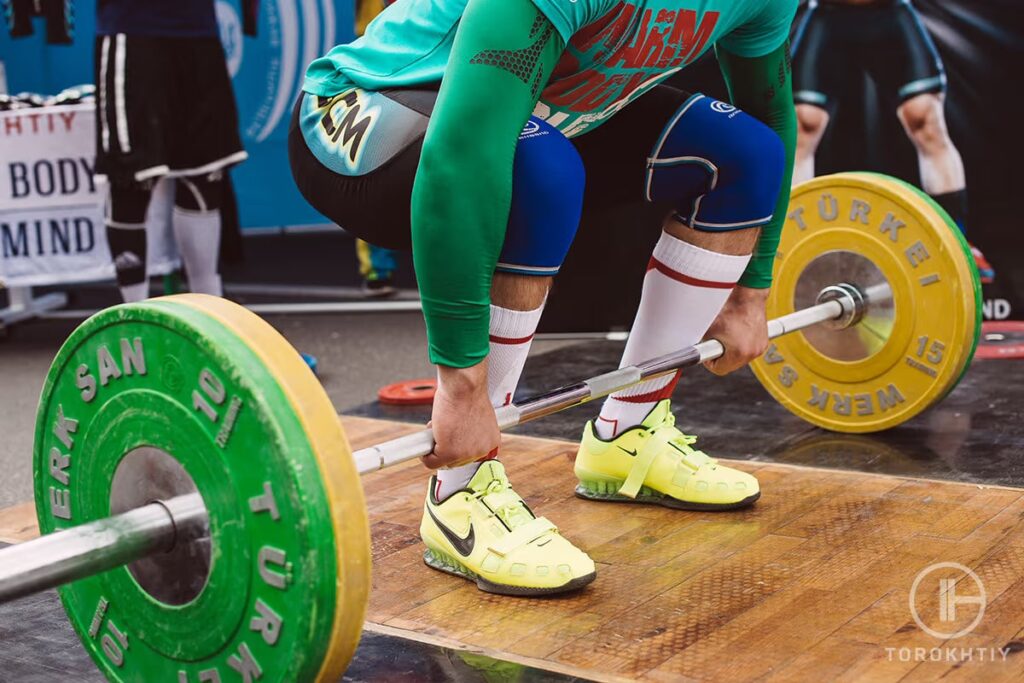
– Is the weightlifting boom in the USA a result of the functional training popularity or not? What will happen to weightlifting when everybody gets sick and tired of functional training?
There’s no doubt that functional training has helped to drive increased participation in weightlifting but keep in mind that USA Weightlifting was gaining popularity at the same time and maybe more importantly, had the infrastructure to capitalize on the increased popularity. Our gym which started 10 years ago now and other weightlifting gyms like ours also play an important role.
– From all the training models: American, Soviet, Bulgarian, what do you prefer and consider optimal?
– This is a great question. In my experience, I believe that program design is both fluid and rooted in culture. When people talk of generic training models as if the Russian, Chinese or American models have not changed overtime, the conversation is rarely fruitful. To that point, the expertise in programming for strength sports has passed from region to region overtime. In the United States during the 1930’s and 1940’s, we were innovating strategies on how to get strong.
That changed when our intellectual and governmental resources turned towards research in cardiovascular development. At that time, the USSR took the rein on development strategies for strength athletes. From there, the Bulgarians became an outlier implementing a program that is highly specialized to their specific culture. In the most general terms, the Russians tend to favor very systematic and organized planning strategies with greater exercise variation and tight loading principles. Compare that to the Bulgarians where the driving force was to produce adaptation through extreme stress. Compare that to the Chinese implementing with great success a talent ID model and levying a massive amount of work on their athletes.
By contrast, the American system of weightlifting can capitalize on having some of the most talented athletes in the world made up of health, wealth and genetic diversity. There have been a lot of ideas shared across all of these systems over the years in addition to a lot of misdirection regarding training principles, from China to Russia to the United States. At California Strength, we have two primary Olympic weightlifting programs, California Strength Elite and California Strength Club.
The Elite program prescribes 9 training sessions each week and is the same program that is utilized by Wes Kitts. The California Strength Club program is a scaled down version prescribing 5 sessions each week, which I have found is optimum for those looking to improve their Olympic lifts while balancing work and life. From time to time, we adjust on the fly during training to Wes’s program but otherwise we work to maintain as much transparency as possible.
I do believe that there is an optimum way to train athletes that are in your specific geography and every training plan must consider the motivation structure of the athletes, access to recovery and regeneration and additional stress being placed on the athlete, whether it being a job or financial constraints. At California Strength, we have two primary Olympic weightlifting programs, California Strength Elite and California Strength Club.
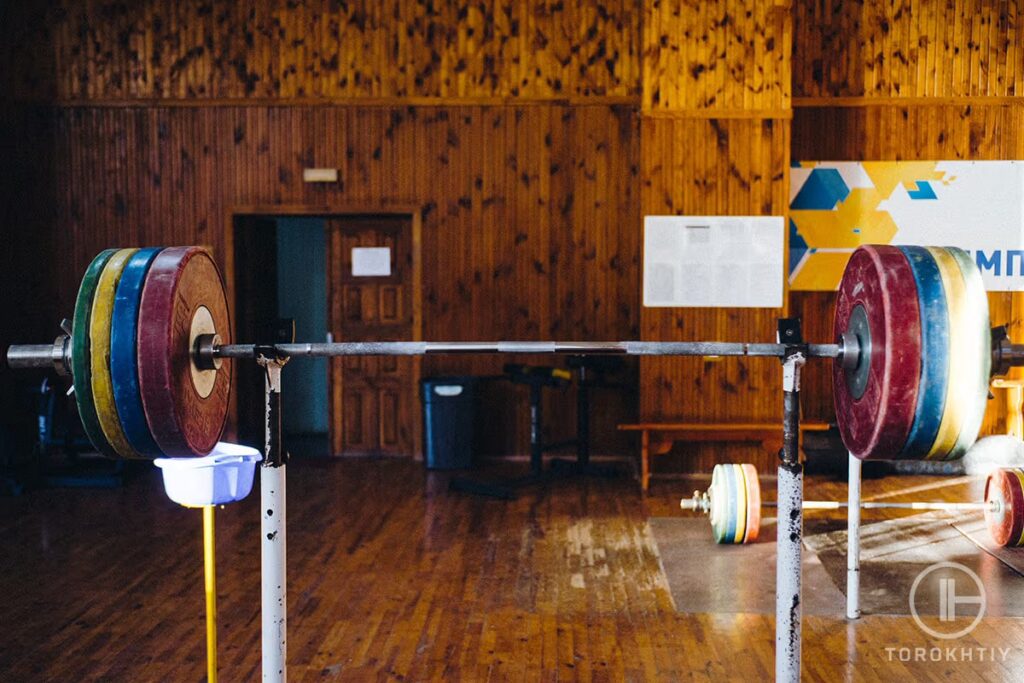
– The California Strength weightlifting team is your online business commercial or, perhaps, your objective is to educate international champions?
– My initial goal for California Strength was to educate, inspire and entertain people so that we could promote the sport of weightlifting around the world. As we improved as a weightlifting team, meaning our individual weightlifters improved and we continued to have more success internationally, more international athletes have gravitated towards adopting our system and that is very humbling. It is also fair to say that because the United States has taken a decentralized approach to weightlifting development, people can gain access to information that has been responsible for producing international results as the Youth, Junior and Senior Level; this type of information from the Chinese, Russian or Colombian weightlifting is not made available.
What we are doing at California Strength is democratizing world class information that is almost impossible to get anywhere else. In the past 24 months alone; American Wes Kitts finished 10th at the 2018 IWF World Championships, Dylan Cooper finished 8th at the 2017 IWF World Junior Championships and Jaden Washington just finished 9th at the 2018 IWF World Junior Championships. To that point, we are producing world class talent from a small weightlifting gym in San Ramon, California and I think more people are asking the question of how.
For anyone looking to gain access to this information whether in the form of online weightlifting programs, articles or exercise demonstration videos; I would encourage them to reach out to visit californiastrength.com and connect with us on Instagram, Facebook and YouTube.
– Where does the nickname Godfather come from? Do you feel yourself as one?
– The Godfather title is a reference to the hit motion picture with Al Pacino. A few of our older athletes mainly Jon North and Donny Shankle used to refer to themselves as Cal Strength Soldiers within the Cal Strength Mafia. Because I owned the place they affectionately started calling me the Godfather which is certainly not something that I actually identify with. That said, I do consider the Godfather to be one of the best American movies ever made and if California Strength can aspire to that level of excellence, I would be very proud.
🔻12-Week Olympic Weightlifting Program by Oleksiy Torokhtiy
Transform your strength and technique with our 12-week Olympic Lifting Program, made up of 5 sessions per week.
It is designed by Olympic Champion for athletes who are looking to set new personal records safely in Snatch or Clean & Jerk.
Program details:
- 12 weeks + 2 bonus weeks
- 45-120 minutes per session
- 50+ specific exercises/98 video instructions
- Primary focus on Olympics Lifts
- Full access to all training content
- Weekly video coach instructions
Start now and boost your weightlifting results!
– Who are you for your athletes: a friend, a teacher, a tyrant?
– All of the above. I consider myself to be a benevolent dictator and all of my athletes know that they should never confuse my kindness for weakness. I try and provide everything that they need to be successful but the flip side to that coin is that I expect them to be successful.
– How can one join the California Strength team?
– California Strength is open to the public and anyone can come and train at our facility as a drop in or begin a membership. We welcome and work with athletes of all age ranges and abilities. Our goal is to encourage them to compete in the sport of weightlifting but we remain sport agnostic in a sense that we work with athletes of all sports, using Olympic weightlifting as a mechanism to improve their performance. If athletes choose to compete in Olympic weightlifting under the Cal Strength banner that’s even better. We do offer subsidized travel to competitions and monthly stipend assistance for our elite athletes but typically we go out and recruit the elite athletes who we wish to work with in that capacity, although there are no set public standards. Athletes like Wes Kitts, Jaden Washington and Dylan Cooper were all invited to come and train because I saw an innate potential in all of them.
- For online programs and articles, please visit www.californiastrength.com
- Connect with us on Instagram @cal_strength
- Connect with us on Facebook @California Strength
- Connect with us on Twitter @cal_strength
- Connect with us on Youtube @ California Strength
You might be interested in:
🔻Find Your Best Training: Take Our Quiz!
Are you ready to learn and grow? Take our simple quiz to discover the right training program for you. Let us help you succeed — click below to start the quiz!
Why Trust Us?
With over 20 years in Olympic Weightlifting, our team does its best to provide the audience with ultimate support and meet the needs and requirements of advanced athletes and professional lifters, as well as people who strive to open new opportunities and develop their physical capabilities with us.
By trusting the recommendations of our certified experts in coaching, nutrition, dietology, and sports training programming, as well as scientific consultants, and physiotherapists, we provide you with thorough, well-considered, and scientifically proven content. All the information given in the articles concerning workout programming, separate exercises, and athletic performance, in general, is based on verified data. We ensure that you can rely on our professionals’ pieces of advice and recommendations that can be treated as personalized ones which will benefit you and fully meet your needs.
The product testing process is described in more detail here
Author: Sergii Putsov
Head of Sport Science, PhD
Best Results: Snatch – 165 kg,
C&J – 200 kg
Sergii Putsov, Ph.D., is a former professional weightlifter and National team member, achieving multiple medals in the 94 kg weight category at national competitions. With a Master’s degree in “Olympic & Professional Sport Training” and a Sport Science Ph.D. from the International Olympic Academy, Greece, Sergii now leads as the Head of Sport Science. He specializes in designing training programs, writing insightful blog articles, providing live commentary at international weightlifting events, and conducting educational seminars worldwide alongside Olympic weightlifting expert Oleksiy Torokhtiy.

